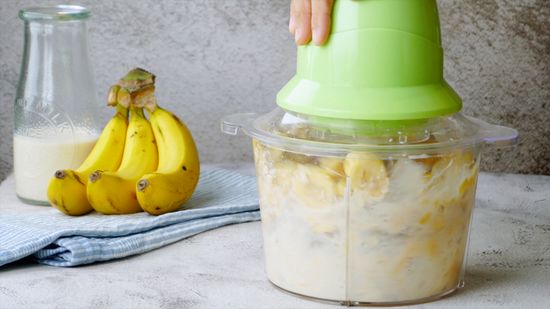How to Grow Lemon Thyme: 15 Steps

Lemon thyme (Thymus x citriodorus) is a popular herb valued not only for its culinary uses but also for its ornamental and aromatic qualities. This delightful plant produces small, lemon-scented leaves and beautiful clusters of lilac flowers, making it a vibrant addition to any garden or container.
Follow these 15 steps to grow your own lemon thyme at home:
1. Choose a suitable location: Lemon thyme thrives in well-drained soil and at least six hours of full sunlight per day. Keep frost in mind as it can damage the plant.
2. Prepare the soil: Amend the soil with compost or aged manure to improve drainage and provide essential nutrients.
3. Select healthy plants: Choose young lemon thyme plants or rooted cuttings from a reputable nursery.
4. Planting time: The best time to plant lemon thyme is in early spring after the last frost has passed.
5. Plant spacing: Space the plants 18 inches apart, giving them enough room to thrive and spread.
6. Watering: Keep the soil moist but not soggy during the first few weeks while the plants establish their root systems. After that, reduce watering frequency as lemon thyme is drought-tolerant.
7. Fertilizing: Lemon thyme requires minimal fertilization; applying an all-purpose liquid fertilizer every 4-6 weeks should suffice.
8. Pruning: Regularly trim your lemon thyme plants to encourage bushy growth and prevent them from becoming too woody.
9. Mulching: Apply a thin layer of organic mulch, like straw or shredded bark, around the base of the plants to help conserve moisture and deter weeds.
10. Pest control: Lemon thyme is generally pest-resistant, but keep an eye out for aphids or spider mites. Use insecticidal soap or Neem oil to combat these pests.
11. Disease prevention: Proper plant spacing, well-drained soil, and good air circulation will reduce the risk of fungal diseases such as powdery mildew.
12. Propagation: Lemon thyme can be propagated by seed, division, or by taking cuttings in late spring or early summer.
13. Harvesting: Pluck the tender tips and leaves for fresh use throughout the growing season. For a larger harvest, gather stems before the plant flowers for the most intense flavor.
14. Preserving: To store lemon thyme long-term, dry the leaves and store them in airtight containers, or freeze them in ice cube trays for easy access.
15. Enjoy your lemon thyme: Use your homegrown thyme in a variety of culinary dishes, teas, and potpourris to enjoy its unique lemon flavor profile and fragrance.
By following these steps, you’ll have a successful lemon thyme crop that will provide you with fresh herbs for your culinary delights and a pleasing visual addition to your garden space.






